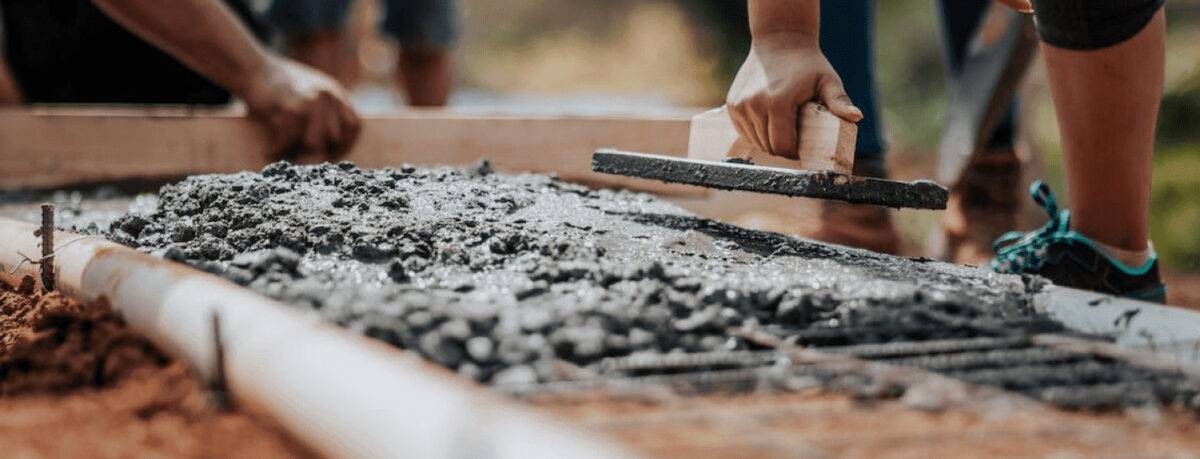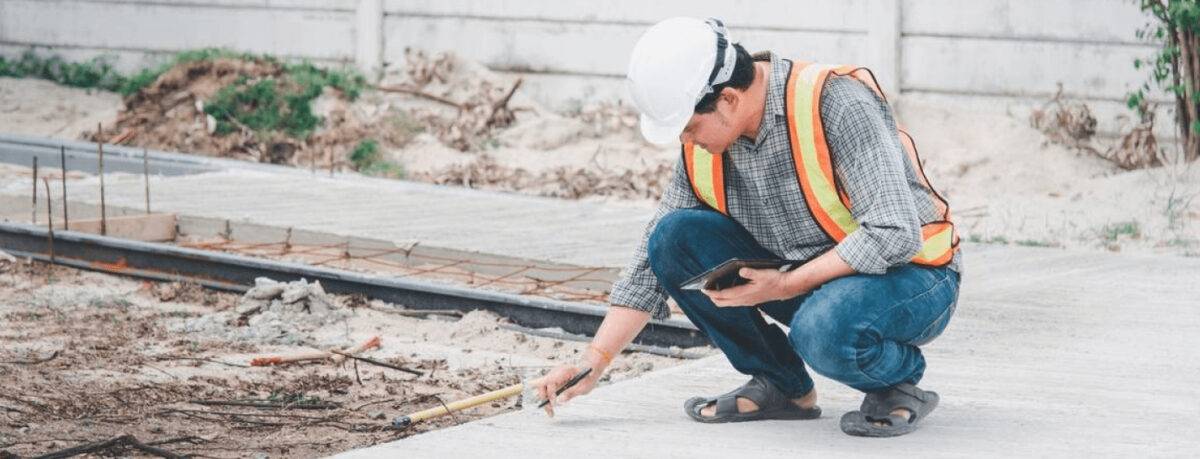Learn about how the concrete industry is attempting to be more environmentally friendly

A circular economy (CE) has the potential to revolutionize the concrete industry’s economy and environment, but it is not a simple concept. To be successful in its implementation, CE strategies must consider material product infrastructure at all levels combined with socio-economic and political conditions for optimal outcomes.
By recognizing these drivers of concrete’s sustainability journey, we can capitalize on innovative solutions that benefit us today and tomorrow. Let’s look at how the concrete industry is changing to become part of a more circular economy.
What Is a Circular Economy?
A circular economy is an economic system designed to be regenerative and restorative, aiming to minimize waste and maximize the use of resources. In a circular economy, resources are used for as long as possible. At the end of their useful life, they are recovered and regenerated into new products or materials.
The Numbers About Concrete and the Environment

Here are some numbers about how concrete production affects the environment.
- Cement production significantly contributes to global CO2 emissions, ranking third behind transportation and energy generation.
- Annually, 4-5% of all anthropogenic (manufactured) carbon dioxide output can be traced back to cement production.
- Cement pollution stems from burning fossil fuels such as coal during manufacturing and thermal decomposition when transforming limestone into clinker – resulting in an average emission per metric ton of 780 kg of CO2.
The Problems Facing the Concrete Industry

Many current systems in the USA construction industry are built around linear economic models where materials are used once, disposed of, and replaced with new resources. Concrete industry stakeholders face several barriers when shifting to circular economy solutions.
Awareness
Awareness is one of the major issues preventing the large-scale adoption of circular economy solutions in the concrete industry. Many decision-makers simply need the insight or knowledge to recognize the potential benefits circularity could bring to their projects and processes. Even professionals who understand sustainable alternatives may be unaware of the true potential of circular economy solutions and how they can be implemented effectively.
Clarity
Another issue is clarity on what exactly constitutes a circular economy solution. There needs to be more guidance available for concrete industry stakeholders on how to put these ideas into practice efficiently and beneficially for everyone involved. With this information, it can be easier for them to determine which steps should be taken or which systems should be adopted to create lasting change.
Existing Codes
The existing codes and regulations governing different aspects of construction can also act as obstacles when embracing circular economy solutions. Stakeholders must ensure that any changes they implement comply with all relevant laws and regulations or risk facing penalties or legal action if something goes wrong. This often requires extra time and effort during projects and additional costs associated with ensuring compliance with all relevant rules and regulations.
Durability
Durability is another concern when reusing materials within a circular framework. Many stakeholders worry that by reusing building components, they may not have access to adequate guarantees regarding their durability or resiliency over time – something that could potentially lead to costly repairs or even complete replacements further down the line.
Time
Time constraints are also an issue for many concrete industry professionals trying to adopt more sustainable practices. Before starting their project, they need more time to research various sustainability strategies or identify suitable products or services within their budget range.
The cost associated with switching from traditional methods to more sustainable ones can also be a significant factor in some cases – especially since sustainability initiatives require more upfront investment than conventional approaches to achieve meaningful results over time.
Standardization and Transportability
Without consistent rules governing these issues, stakeholders may struggle with transferring techniques between marketplaces and effectively comparing different options when selecting materials or technologies for their projects – making it harder for them to embrace new strategies and embrace a genuine shift towards sustainability at scale across sectors within a given region or country overall.
How Does the Concrete Industry Better Participate In a Circular Economy?

The concrete industry can contribute to developing a circular economy in many ways. Some of the ways that the concrete industry can create a circular economy include:
- Using recycled materials: The concrete industry can use recycled materials, such as recycled concrete, as aggregate in new concrete mixes. This helps to conserve natural resources and reduce waste.
- Recycling concrete: Concrete can be recycled and used as aggregate in new concrete mixes, or it can be crushed and used as a base material for roads and other construction projects.
- Using supplementary cementitious materials: The concrete industry can use supplementary cementitious materials (SCMs) instead of some of the cement in concrete mixes. SCMs are materials that can be used in combination with cement to improve the performance of concrete, and they can include fly ash, slag, and silica fume. Using SCMs helps to reduce the demand for cement, which has a high environmental impact due to the energy-intensive process of producing it.
- Using low-carbon cement: The concrete industry can also use low-carbon cement, which has a lower carbon footprint than traditional cement. Using alternative materials or carbon capture and storage technologies, low-carbon cement can be made.
By adopting these and other measures, the concrete industry can help to create a more circular economy, which can help to reduce waste, conserve natural resources, and mitigate the environmental impact of concrete production.
How Can Concrete Construction Be Sustainable in Building Retaining Walls?
When it comes to building retaining walls correctly, concrete construction can play a vital role in ensuring sustainability. By using environmentally friendly materials, minimizing waste, and implementing efficient construction practices, the longevity and environmental impact of these walls can be improved. Additionally, utilizing recycled or repurposed concrete can further enhance sustainability efforts in the construction industry.
Final Thoughts

The concrete industry has been criticized for not being a green industry in the past. However, they are making tremendous strides in creating a more effective and efficient circular industry that recycles the materials that go into making concrete.
Concrete is the world’s most widely used construction material and is responsible for many carbon emissions. The concrete industry strives to make greener, more recyclable concrete to better preserve our world for future generations.
Tulsa Concrete Contractor has been an advocate for greener concrete practices and materials for years. Click the link below for a free in-person consultation in the Tulsa, Oklahoma area for your next concrete project.

